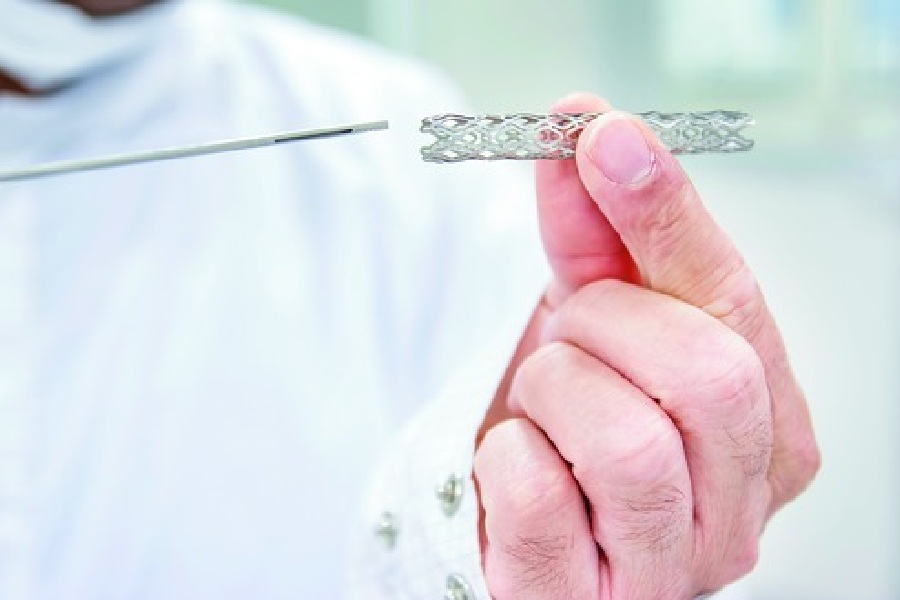Doctors at a hospital off EM Bypass used two techniques that are rarely used together to conduct angioplasty on a 63-year-old man who had suffered a heart attack.
The angioplasty was done without using contrast materials that contain iodine.
Contrast materials are iodine-containing chemicals that go inside coronary vessels and opacify them, allowing doctors to take pictures and video of the blocks.
It has side effects and its use is avoided in people with kidney ailments. The 63-year-old man had high blood sugar and was on regular insulin.
“Iodine accumulation impacts the kidneys and those with existing kidney ailments may even need dialysis for a few days after the angioplasty,” said a doctor.
The contrast material could have led to a longer stay in the hospital, said a doctor while explaining why the contrast material was not used.
He said that the patient had a creatinine level of 2.3 mg per decilitre, while the normal creatinine level in a man of
his age should be less than 1.3 mg/dL. Something between 1.3 and 1.6 mg/dL is considered borderline. The patient is doing well now.
Doctors took recourse to intravascular ultrasound angioplasty that sent high-frequency sound waves to the coronary artery. The sound waves reflect and come back while allowing doctors to take images of the artery or record videos.
While the angioplasty — using ultraviolet sound — was underway, the doctors found that there were enormous calcium deposits inside the coronary artery.
“There was so much calcium deposition that the balloon attached to the catheter could not be sent through the artery. We had to then use a rotablator, a type of catheter used to remove the calcium deposits,” said Arindam Pande, senior interventional cardiologist at Medica Superspecialty Hospital, where the angioplasty was done.
The rotablator had a diamond crystal attached to the tip that kept rotating at a high frequency to remove the calcium deposits.
“Doing an angioplasty without contrast materials and then using the rotablator has rarely been done. Both these technologies are used separately but rarely together. Using the rotablator in zero contrast is very challenging,” Pande said.
